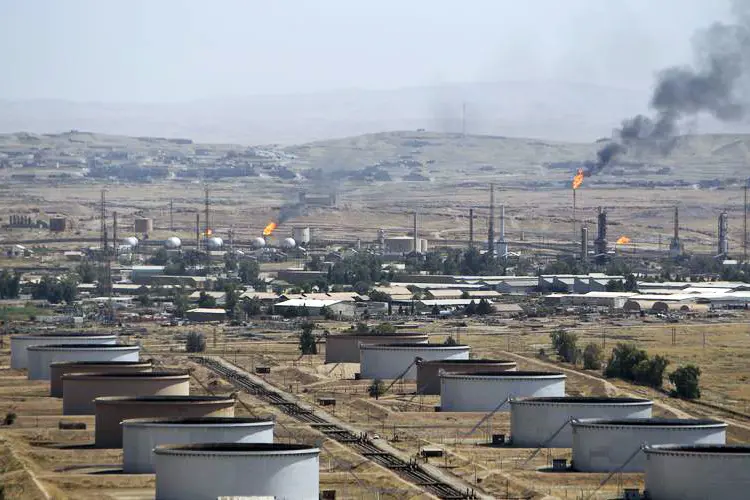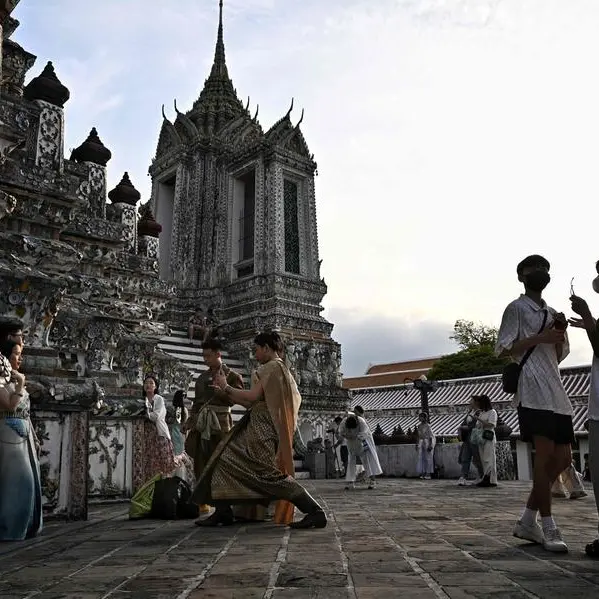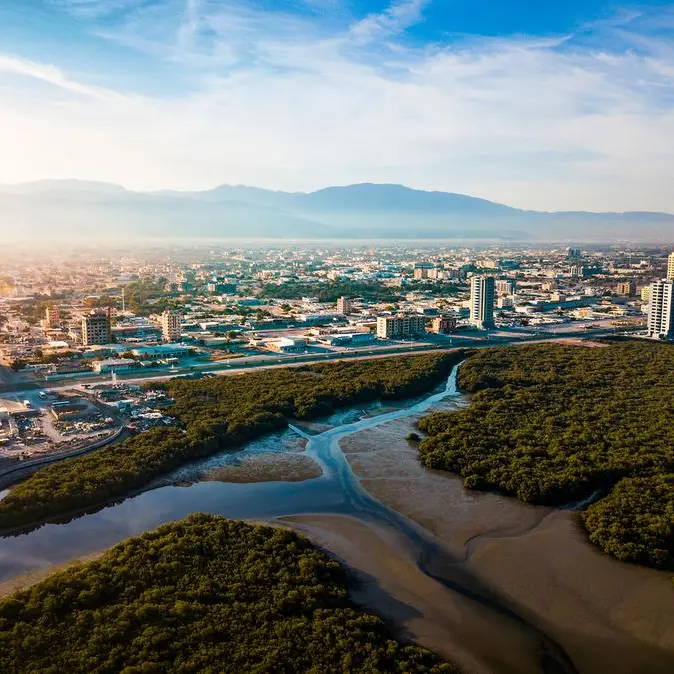PHOTO
Thursday, Jan 07, 2016
Dubai: Saudi visitors will not spend less in the UAE in the short to medium term, despite the Saudi government increasing petrol prices up to 50 per cent, according to retail industry experts and economists.
The government said last week that it will increase the price of higher-grade unleaded petrol to 0.90 riyals per litre from 0.60 riyals and of lower-grade petrol to 0.75 riyals from 0.45 riyals per litre. It is also scaling back spending this year after posting a budget deficit of 367 billion riyals in 2015. Saudi expects another budget deficit this year, amounting to 326 billion riyals.
Saudi has also increased electricity and water prices.
“The price increase will most definitely not affect Saudi spending on travel and tourism. I do not expect to see a drop in footfall and spending from Saudi tourists,” said Alp Eke, senior economist at the National Bank of Abu Dhabi (NBAD).
Echoing Eke’s views, Mohammad Abdul Rahim Al Fahim, chief executive of Dubai luxury retailer Paris Gallery, said: “No, we do not expect a drop in Saudi tourists and their purchase power. This is because people from Saudi Arabia are relatively experienced with luxury consumption and truly believe in spending on luxury.”
Colin Beaton, managing director of Limelight Creative Services, a retail consultancy in Dubai, also said that the hike in petrol prices will not result in Saudi tourists cutting down on spend in the UAE. However, Saudis could be tightening their budgets because of government budget cuts, he said.
Similarly, Nasser Saidi, president of Nasser Saidi and Associates, and former chief economist at the Dubai International Financial Centre, said: “What will be more important is the effect of the expected overall decline in economic growth in 2016 as a result of reduced government spending or payment delays and tighter liquidity and credit conditions. As growth prospects decline, consumer spending will decline and this could have an impact on Saudi tourism and footfall in the UAE and Dubai.”
NBAD’s Eke said that the higher petrol prices will result in “a minor reduction in [petrol] consumption levels” as Saudis become more cautious.
“The transportation category constitutes 10.5 per cent of the household budget in Saudi. With the recent gasoline price increase the contribution is expected to increase, but eventually within a couple of months the Saudi public will adjust their petrol consumption patterns,” he said.
Saudi Arabia’s domestic gasoline consumption rose by 35 per cent between 2010 and 2015, from 414,700 barrels a day to 560,000 barrels a day. Domestic diesel consumption rose by 30 per cent, from 615,500 barrels per day in 2010 to 800,000 barrels per day in 2015, according to the Organization of Arab Petroleum Exporting Countries (OAPEC) annual statistical report.
Saudi consumers spent 0.98 per cent of their monthly income in 2013 on petrol, according to data from AA Ireland, a consumer services business. In the US, gasoline expenditure for the average household was $2,912 in 2012, which is 4 per cent of income before taxes, as per a report by the US Energy Information Administration.
The UAE, particularly Dubai, known for its shopping malls and skyscrapers, is a popular holiday destination for Saudis.
Saudis are among the biggest spenders in the country, according to a report by Network International, based on credit and debit card transactions in the UAE. Spending by Saudis in the food and beverage sector grew by 78 per cent year-on-year in the first nine months of 2015, 25 per cent in the hospitality sector and 33 per cent in the fashion sector.
Visitors from Saudi Arabia spent $35.18 million on their Visa cards during the first two weeks of the Dubai Shopping Festival in 2015.
— With inputs from Andrew Staples, Chief Business Reporter and Bilal Khan, intern with Gulf News
By Sarah Algethami Staff Reporter
Gulf News 2016. All rights reserved.












